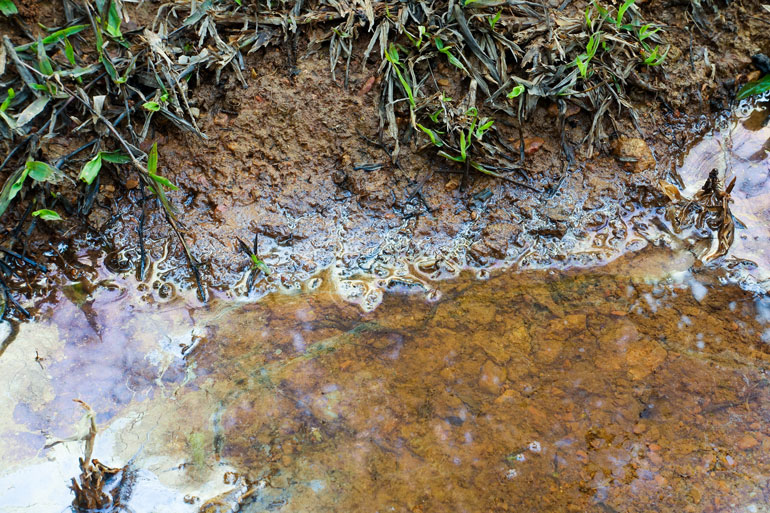
Vapor intrusion is quickly becoming a common concern discovered during the Phase I Environmental Site Assessment (ESA) process. Most individuals are not familiar with the term Vapor Intrusion until it is discovered on their property.
What is Vapor Intrusion?
Vapor intrusion occurs when volatile chemicals from contaminated soil or groundwater migrate from below a property building into the building. As a result, chemical vapors can accumulate in the interior of the buildings where people live and work. There can be many sources of volatile chemical contamination; however, the most common sources are dry cleaners and gas stations.
How Can Vapor Intrusion Affect your Property?
In severe cases, these vapors may pose near-term safety hazards, cause acute health effects, or give off odors. Typically vapor concentration levels are low; however, the concentrations may still pose a concern. It is quite possible that low levels of vapor intrusion may pose an unacceptable risk of chronic health effects due to long-term exposure.
How to Fix Vapor Intrusion
Since each location is unique, the answer could be as simple as performing a governmental records review. This is used to determine the levels of soil or groundwater contamination on a property. In some cases, vapor intrusion can be ruled out based on the known levels of contamination present in the soil or groundwater. In other cases, sampling of the vapors entering the building from below the slab may be necessary. If air in the building is found to be contaminated, mitigation may be necessary in order to prevent vapors from entering the buildings. This could include sealing cracks and gaps in the building slab or venting air under the building around the structure.
In a recent Phase I ESA, Solid Ground Environmental performed a file review for our client at no cost, which revealed significant levels of dry cleaning contamination near the building. The contamination source was a dry cleaner nearly two blocks away. This information helped the client make an informed decision on his real estate purchase.
